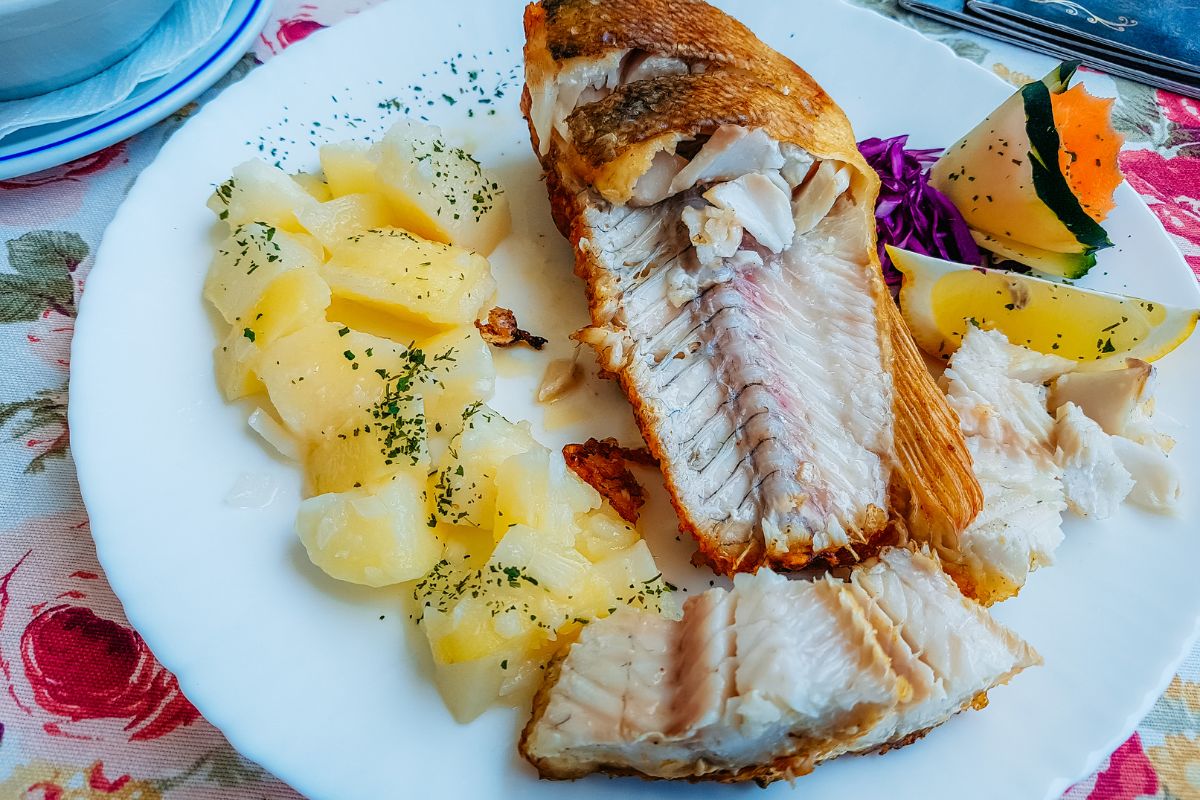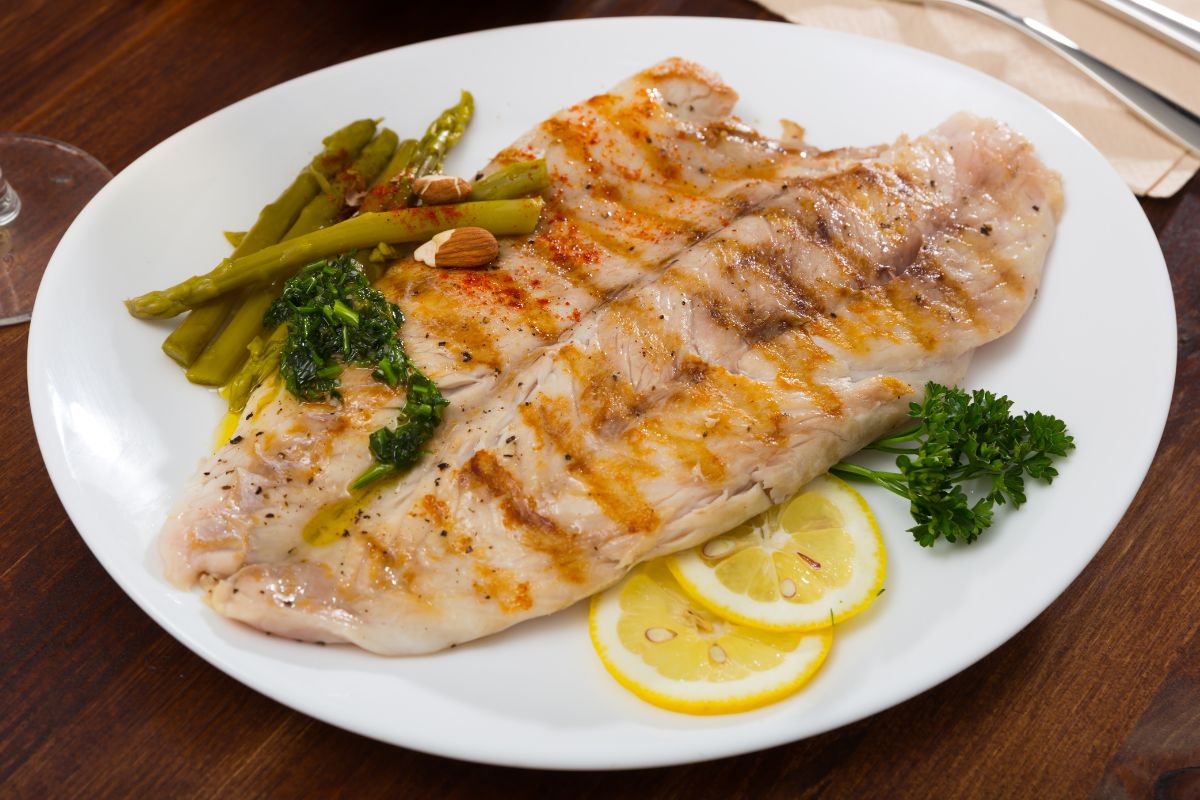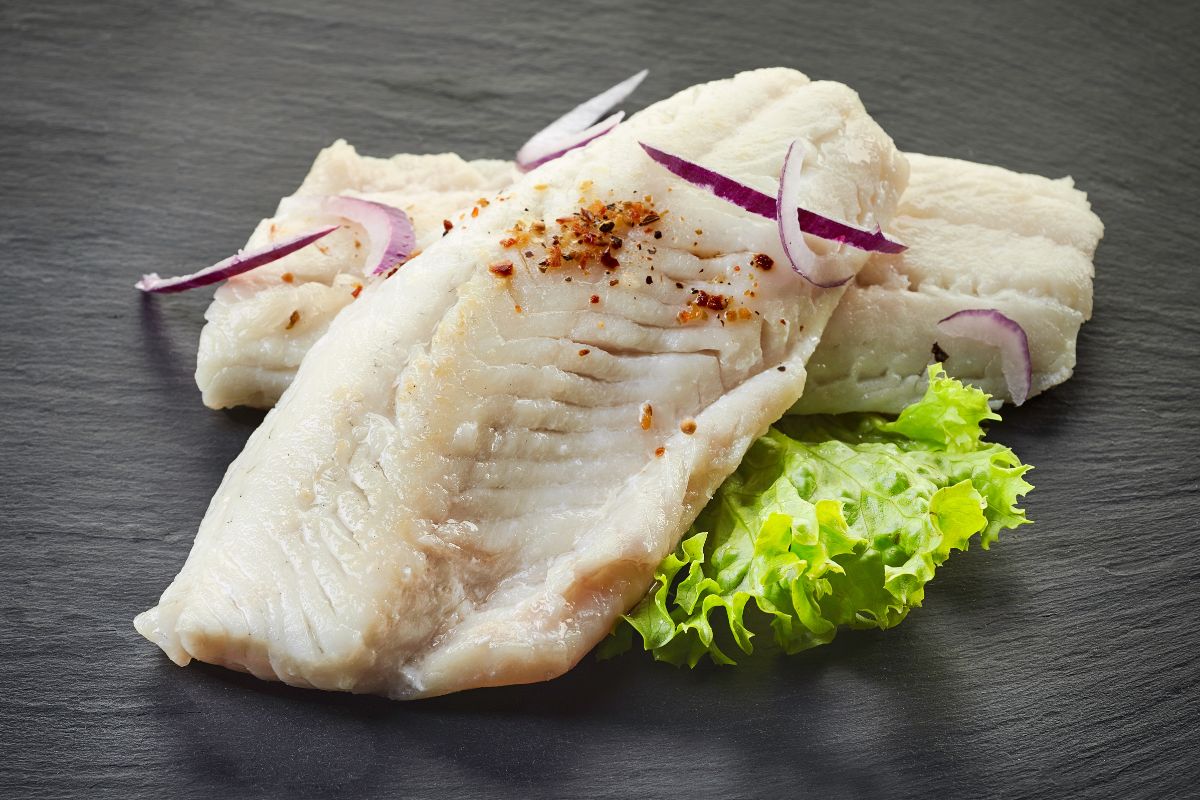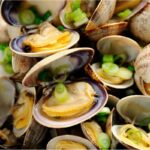Found throughout the world, the perch is a common river and lake fish that has remained a popular source of fishing throughout the decades.
But what exactly is a perch, and what are the best ways to prepare and cook them?

What Is Perch?
Perch is a freshwater gamefish – i.e. one bred for sport – that is found all throughout the world.
While many fish are falsely considered to be perch – a term used generically throughout the word – they are only truly perch if they belong to the family ‘Percidae’, and which are found in three specific areas around the world.
These specific types of perch include:
- The European Perch – Primarily found throughout Europe, as well as South Africa and southern Australia.
- The Balkhash Perch – Primarily found in Kazakhstan, Uzbekistan, and China.
- The Yellow Perch – A smaller and paler variant of the European Perch that can be found throughout North America.
Perch are classified as carnivores, due to the fact that they feed on smaller bottom feeders and fish, as well as shellfish, larvae, and other forms of small aquatic creatures.
This makes them grow larger, and perfect for fishing.
What Color Is Perch?
Perch generally have green/silver/gold coloring on their bodies, accompanied by vertical striping patterns and contrasting colored fins.
While there are differences depending where in the world they are found, the similarities remain, making them instantly recognizable for those in the business.
The internal flesh of the perch generally ranges from light to dark pink (depending on the breed), making it similar to salmon in appearance once cooked.
Does Perch Taste Good?
Generally speaking, perch is considered to have a sweet taste, but with a well rounded flavor that makes it suitable for a number of different dishes and pairings.
Despite there being several variations – and several false ‘perch’ species – they all generally have the same taste, texture, and smell, and can all be prepared in exactly the same way.
This makes them popular choices for fishermen around the world.
Along with the sweet, well rounded flavor, perch is also known for its crumbly, firm texture that lends itself to different kinds of cuisine.
What’s more, the flavor of perch is not considered ‘fishy’, making it a nice, mild fish for people of varying tastes.
What Could Perch Be Compared To?
Connoisseurs of the fish industry would compare the taste of perch to walleye, seabass, and seabream – common forms of fish consumed around the world.
Perch doesn’t have a strong taste, or indeed one that makes it an acquired taste, and in actual fact it is a perfect fish for the market due to the general appeal and flavor palette that it has.
However, it does have a characteristic sweeter taste that sets it apart slightly from the above mentioned fish.
Is Perch Good For You?
Generally speaking, perch can be a nutritious, healthy addition to any balanced diet, and one that is laden with various nutrients and minerals that can be great from a dietary standpoint.
By having just one serving of perch meat, you are getting roughly ⅓ of your daily intake of phosphorus, vitamin D, vitamin B12, manganese, and selenium.
Phosphorus
Phosphorus is beneficial for maintaining and encouraging cell growth, something that keeps us in good health and condition for longer as we age.
Vitamin Content
Vitamin B12 is necessary for forming red blood cells, something that keeps us healthy and functioning well. Vitamin D on the other hand is good for boosting immune function, and helping us avoid illness and disease.
Manganese
Manganese is also good for balancing and maintaining immune function – something that is imperative for avoiding diseases, illnesses, and keeping us fighting fit.
Selenium
Selenium on the other hand is highly beneficial for bodily health, in particular the health of the heart, which it helps to bolster and protect from decay as we age.

What Else Is It Good For?
Perch is also high in fatty acids (omega 3), and actually provides us with around 90% of our recommended daily intake.
Fatty acids play numerous roles within the body, including the successful transportation of oxygen to all areas of the body, providing energy to the body, developing and maintaining a strong brain and organs, bolstering brain function, and lowering things like cholesterol – which can cause heart disease.
Are There Any Downsides To Perch?
If the perch has been well caught, or indeed purchased from reputable sources, then there is nothing to worry about.
However, if it comes from unreliable sources, then the nature of the perch fish can make it unsuitable for consumption (for more unique fish options, check out our guide to starfish).
This is related to toxins that could be in the water where they were caught from, or indeed their nature as a predatory fish, which could have feasted on bottom feeders that themselves are considered toxic for human consumption.
However, in most cases, these things are not problems, and reputable waterways and sellers ensure a high quality for those looking to catch perch.
How To Best Prepare Perch?
Generally speaking, the taste of perch requires very little preparation, and as a lean and tasty fish they do quite well with minimal seasoning and additions.
However, some notable additions can include butter, parsley, lemon juice, salt and pepper, and even olive oil.
How Can Perch Be Cooked?
Like most fish, perch can be cooked in many different ways – making it a versatile and great dish. Some of the most common methods include poaching, frying, baking, sauteing, and battering.
What Is The Best Way To Cook Perch?
However, when it comes to cooking perch, the simplest way is usually the best – allowing you to enjoy the natural flavors of the fish, and appreciate the complexity that it has in spades.
To make the best of it’s flavors and texture, the best way is to pan fry the perch with minimal ingredients, including:
- 1 cup of flour
- 1 tbsp of olive oil
- 3 tbsp of butter
- Lemon juice (to taste)
- Chopped parsley
- Salt and pepper (to taste)
Step One
When preparing the perch itself, you want to separate it into filets, roughly the same size. This ensures good portion control, and that the different filets will cook at the same time.
Step Two
Next, you need to pat the filets dry, before placing them in some flour, lightly covering them ready for frying. Be sure to shake excess flour off them before proceeding.
Next, place a frying pan on medium heat, and add a tablespoon of olive oil, as well as a tablespoon of butter. Once the butter has melted, add the filets to the pan and begin the cooking process.
Step Three
Leave them to sear for two minutes, being sure to move them regularly to avoid them sticking to the pan. Once two minutes have elapsed, flip over the filets to sear the other side.
Leave them there for one minute more, continuing to move them slightly to avoid sticking.
Step Four
Remove the filets from the pan, but keep it on the heat. Add two more tablespoons of butter to the pan, and stir to turn it into a sauce, before adding the lemon juice, and the chopped parsley.
This should be cooked for roughly one minute, ensuring that they have blended together, before adding a sprinkle of salt and pepper.

Final Step
Once you have done this, turn off the heat, plate up the fish, and then pour the sauce over the top while it is still warm.
To follow, you can season the fish once more with salt and pepper, adding enough until you are satisfied. Then all that is left to do is to dig in!
Does Yellow Perch Differ In Taste?
Despite being a member of the Percidae family, yellow perch does have some differences to traditional perch.
For one, the flesh of the fish is darker pink, more closely resembling salmon once skinned.
However, once it has been cooked, it turns white just like other forms of perch, and it cannot really be distinguished in terms of taste and sight.
The yellow perch also possesses the same texture, taste, and smell as other perch, as well as containing the same nutritional content and benefits – making the perch one of the most consistent breeds of fish across the family.
What Is Red Perch?
Red perch is another sub-variant of perch, and has pink/red skin that gives it its name.
The flesh of the fish is white – differing from the usual pink skin of regular perch – but the taste resembles that of regular perch, albeit with a slight twang that makes it comparable to red snapper.
This is characterized by its moistness, firmness, and general sweeter taste.
Do Perch Live In Oceans?
Generally speaking, the three main species of perch are freshwater fish, and make their home in rivers, streams, and lakes. However, there are subspecies of perch that live in the ocean.
Known as the Atlantic Ocean Perch, this species is found in offshore waters in the Atlantic, spanning all the way from southern Labrador, to the gulf of Maine, and all the way across the ocean to the Atlantic coasts of Iceland and Germany.
What Does It Taste Like?
Like its freshwater counterparts, Atlantic Ocean Perch is a tasty fish, and is a nutritious, soft skinned fish that can be great for baking, frying, and sauteing.
This is more commonly eaten amongst Atlantic facing coastal regions, such as the ones mentioned above, but is more commonly found during deep sea fishing due to the depth of the waters at which it resides.
Final Thoughts
And there you have it, everything you need to know about perch, what it tastes like, and the best ways to prepare and cook it.
Perch is a common fish throughout the world, and one that is a regular catch for those who enjoy fishing. What’s more, it can also be prepared in many different ways to create numerous delectable dishes.
So if you are looking to cook perch, then be sure to follow these tips and tricks. Something tells me you won’t be disappointed!
- How To Reheat A Cheesesteak - November 5, 2023
- What Are Three Must Have Kitchen Knives? - September 22, 2023
- How To Protect Edges Of Pie Crust - June 15, 2023








